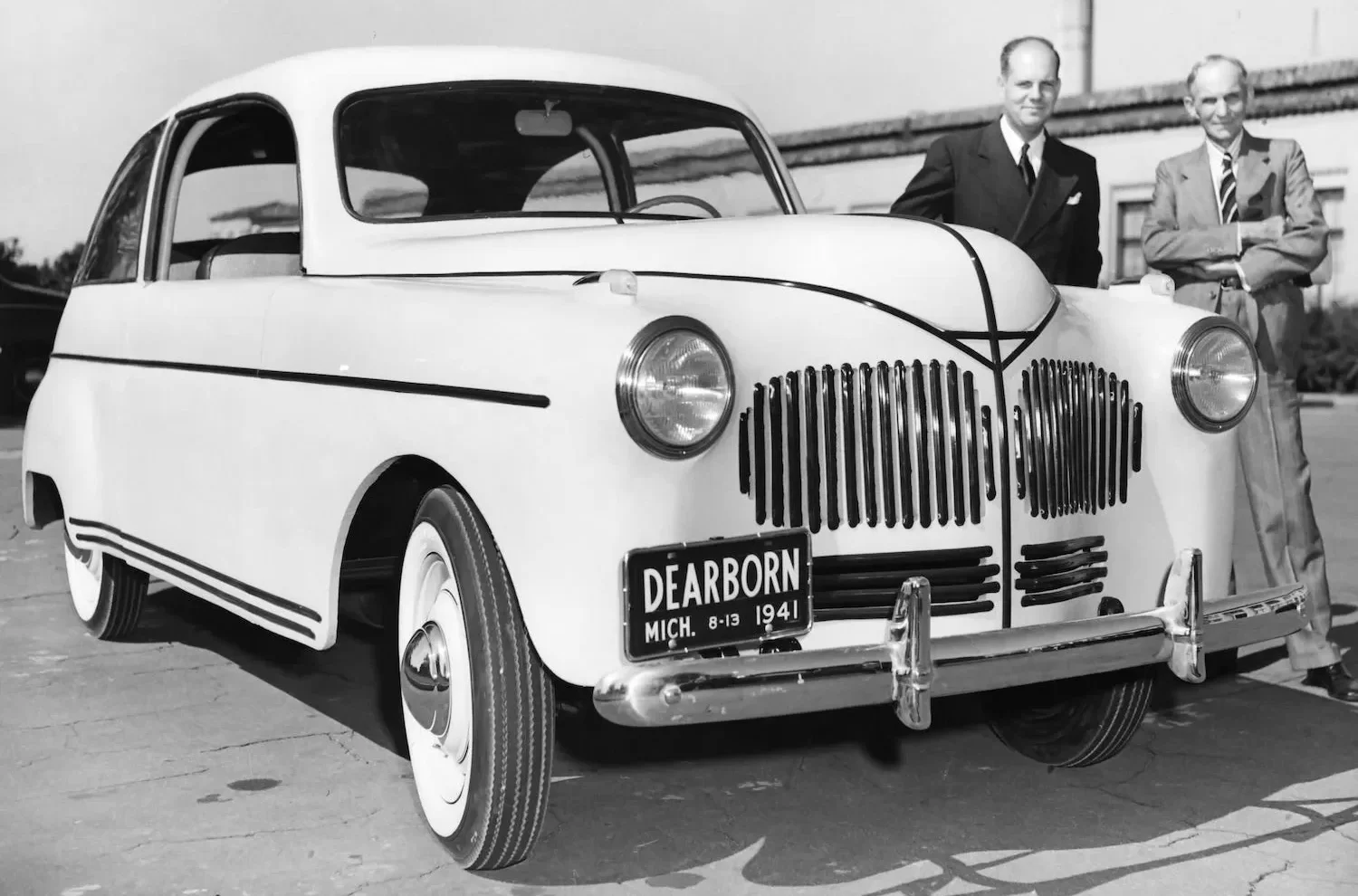Ford has long been known for using sustainable materials in its vehicles, but the debut of the 2008 Ford Mustang highlighted the automaker’s most recent deployment of soybean-based materials, specifically, marking the beginning of FoMoCo’s use of soy-based foam in vehicle seats that has since expanded to other models, while the Model U concept featured soy-based seat cushions and a soy-based resin composite tailgate in its construction, too. However, Ford’s history with soybeans goes back way further than that, in fact, almost to the very day the company churned out its first Model T.
At one point in its history, the Model T contained 60 pounds of soybeans between its paint and molded plastic parts, and the automaker’s use of that product expanded to using soybean-based enamel in paints and oil casting molds in the 1930s. By 1935, each vehicle Ford produced had around two bushel’s worth of soybeans in its horn button, gearshift knob, door handles, and accelerator pedal, and was even used in engine timing gears.
Ford opened its own soy processing plant at the Rouge in 1935, and eventually, an entire car was constructed from the material by 30 scientists at the Soybean Research Lab at Greenfield Village – a process that took 12 years to complete. That machine weighed 1,000 pounds less than a conventional steel-bodied vehicle, and was powered by a Ford V8, of course. The soy car debuted at the Dearborn Days community festival in 1941, though construction of a second such machine was scrapped following the onset of World War II.
Henry Ford was so obsessed with soybeans that he once had a suit made entirely from that particular material, and envisioned a future in which all vehicles would be made from them, too. At one point, he hit the plastic rear deck lid of his own personal car – which was made from soybeans, of course – with an axe, just to show how strong the material was. Ford’s vision never totally came to fruition, but his trailblazing use of soybeans in the construction of vehicles continues today, regardless.

